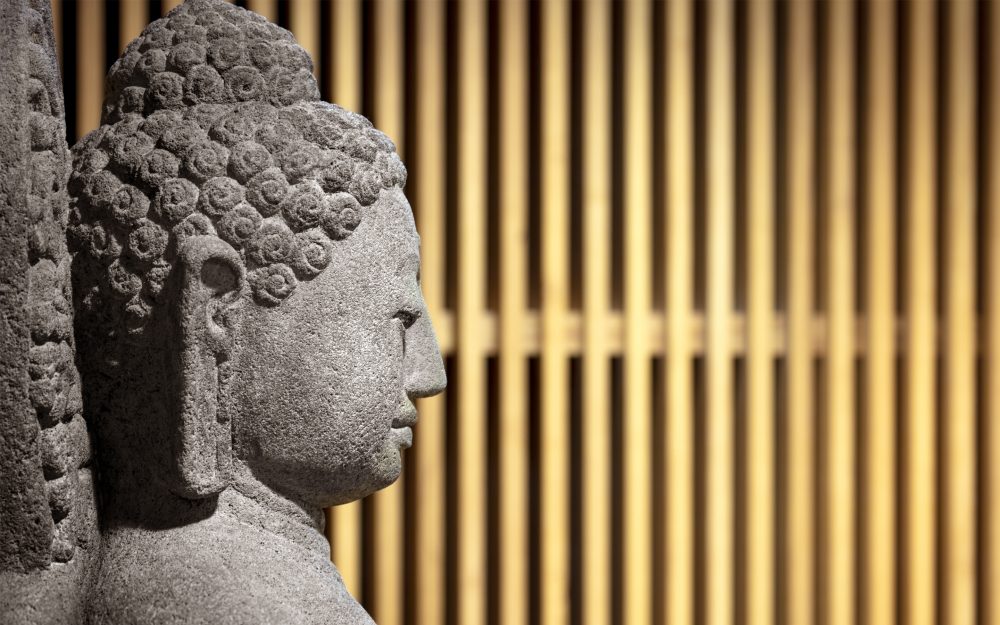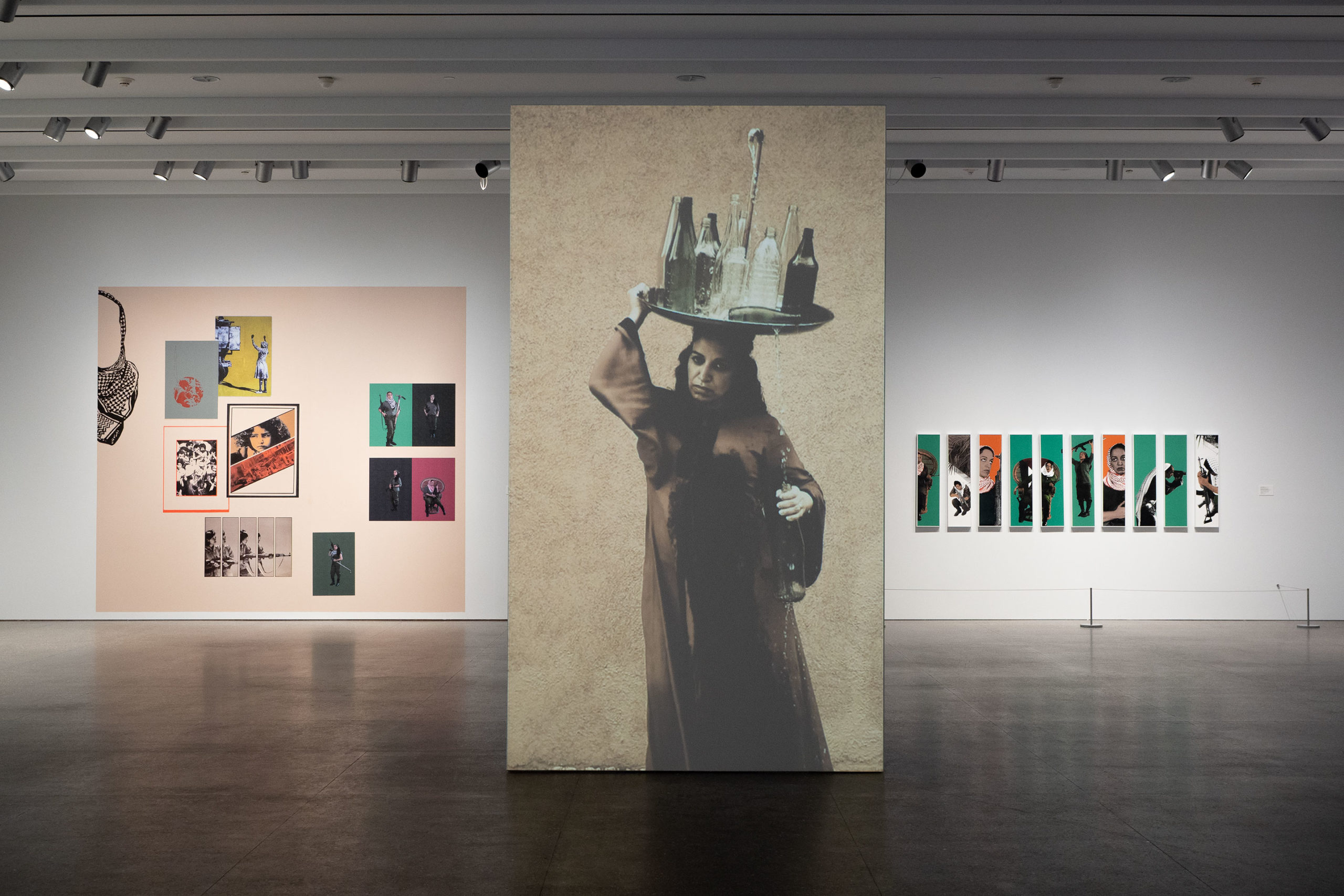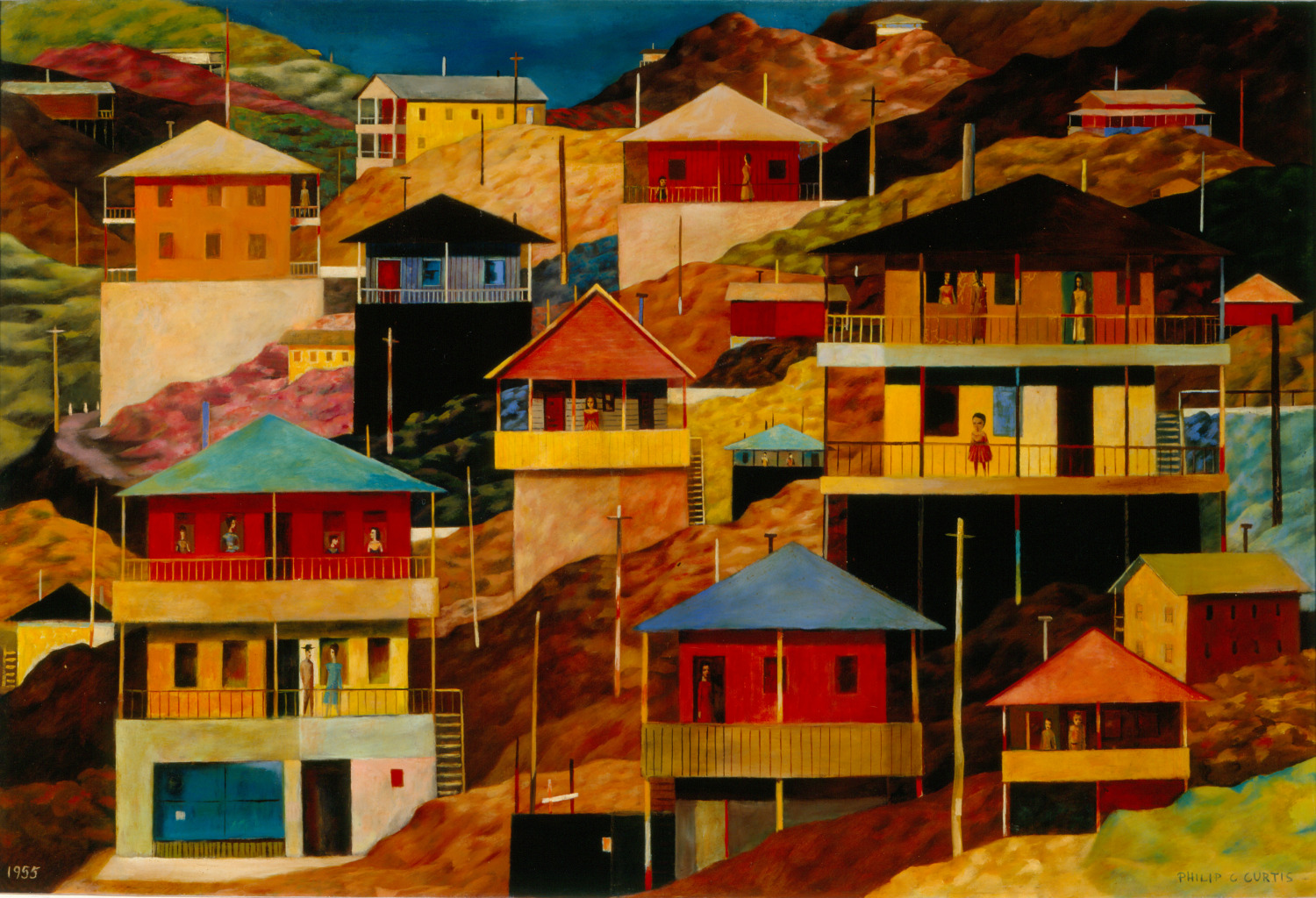The Asian collection includes works from many eras and countries, including India, Pakistan, Iran, Nepal, Tibet, China, Korea, Japan, Vietnam, Thailand, Burma and Java. Among the strongest and most comprehensive, the Chinese collection begins with archaeological objects which explore ancient Chinese and Korean traditions of burial artifacts placed in tombs, including clay figurative sculpture and ancient pottery and bronze. The Museum’s oldest artifacts can be found in the Asian collection.
The evolution of Chinese ceramic development, including its culmination in porcelain, is explored in depth in the collection. Examples of jade carving from the Neolithic era to the 19th century are complemented by later bronze objects and cloisonné enamel from China and Japan. The collection features Chinese paintings from the 14th to the 20th centuries. In Japanese art, the collection features prints, screens, and paintings, along with several sets of Japanese samurai armor and accessories. Contemporary works by Japanese ceramicists, a globally recognized phenomenon, augment the more historical works of Japan.
Religious works of art from Hindu and Buddhist traditions of several countries include gilded bronze sculpture and two complete shrines. Significant holdings in Sri Lankan Buddhist art distinguish the Museum’s collection internationally. A collection of Sino-Tibetan Buddhist bronzes represents nearly every Esoteric Buddhist deity. Other Buddhist works from Thailand, Burma and Java expand the representation of Buddhism’s broad spread across Asia.











